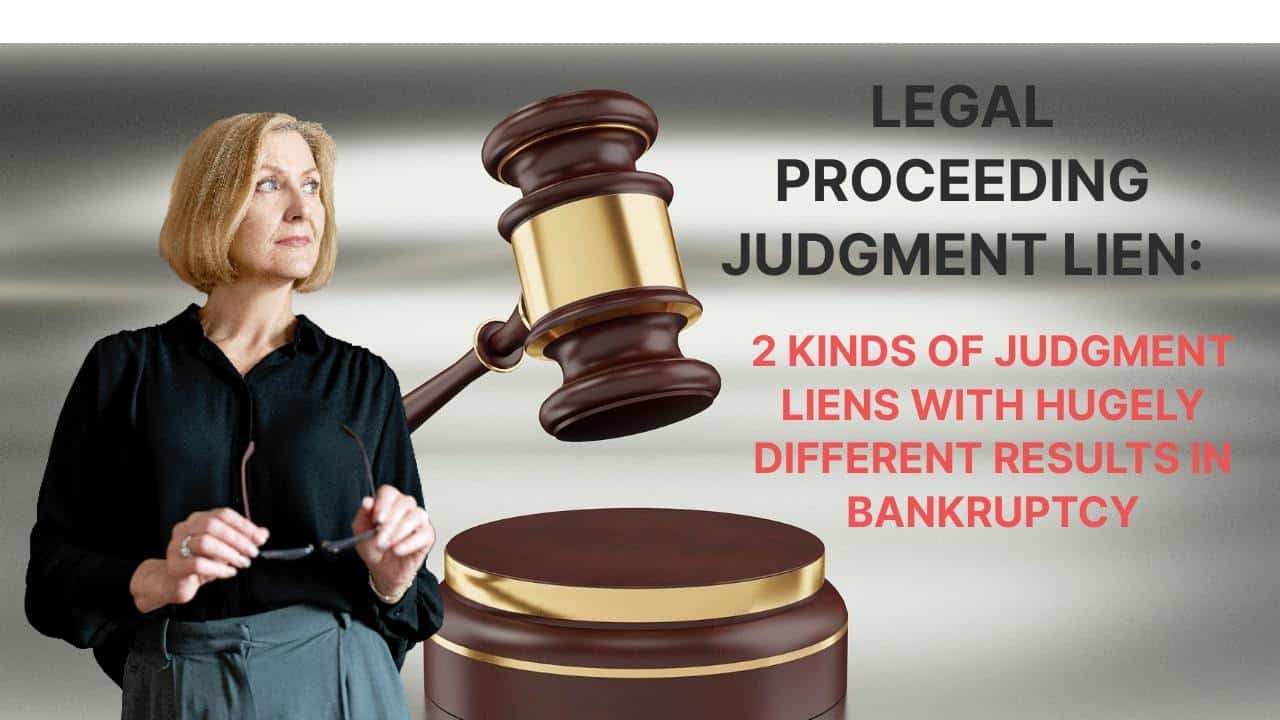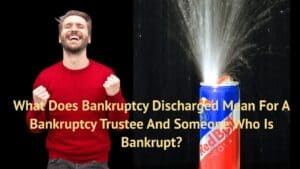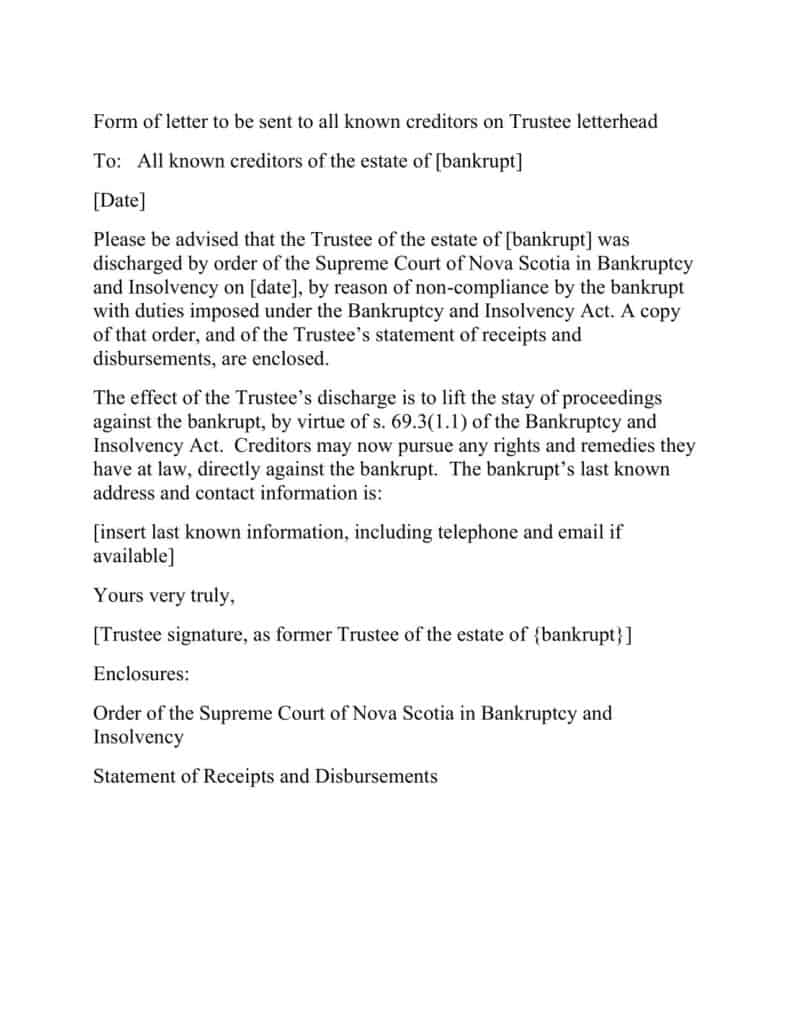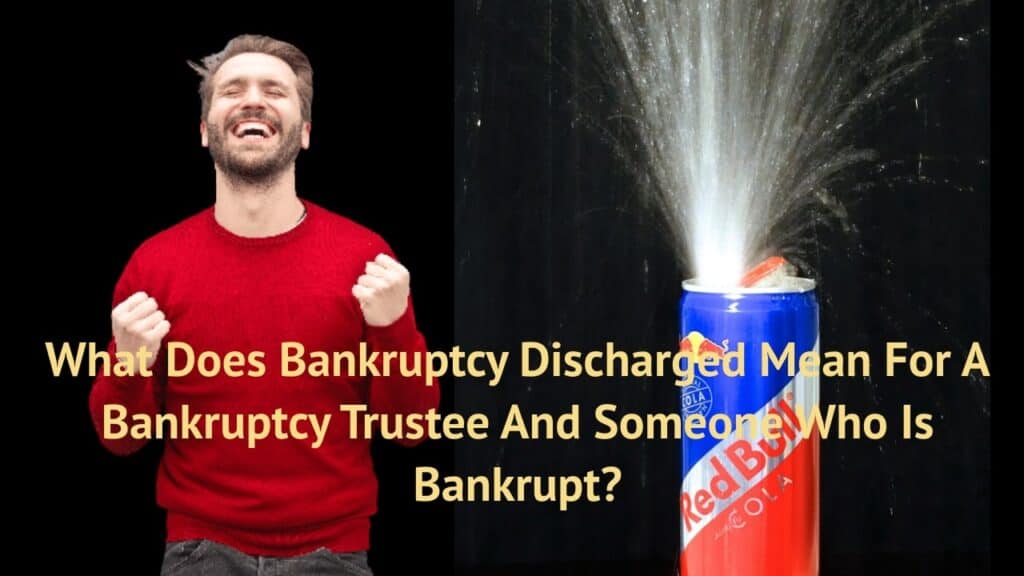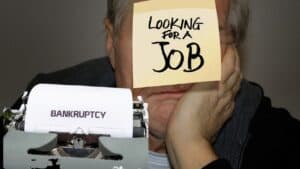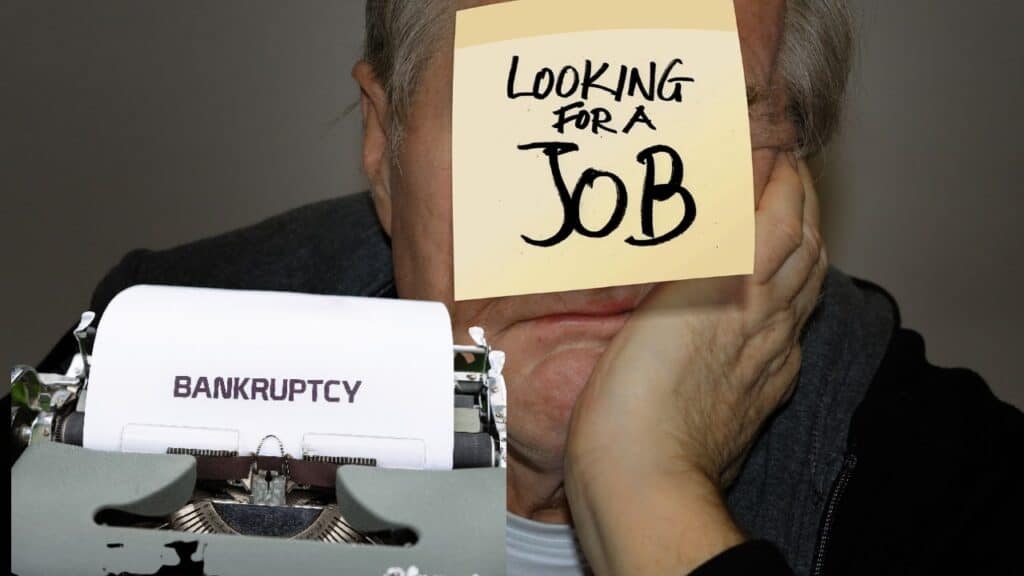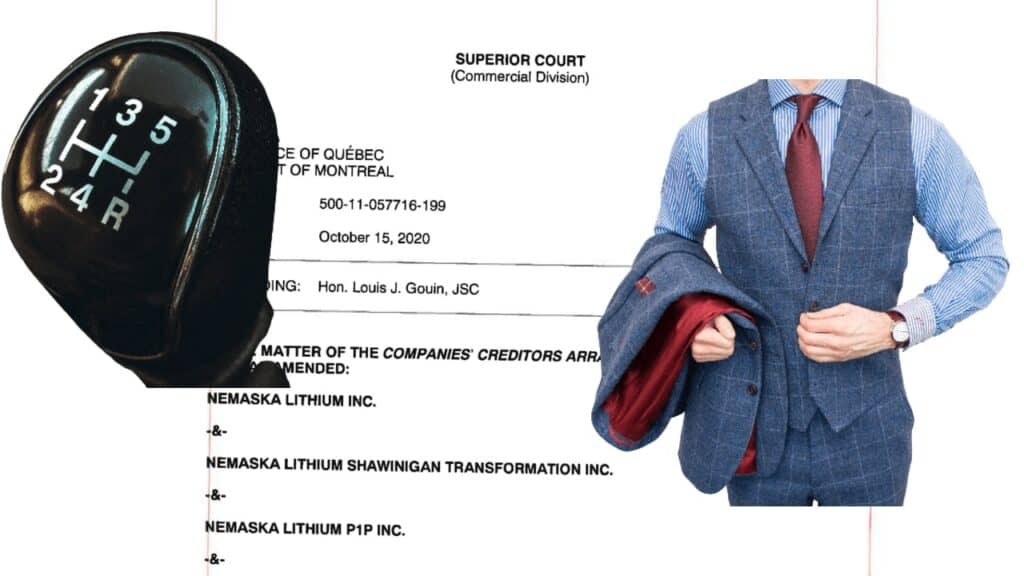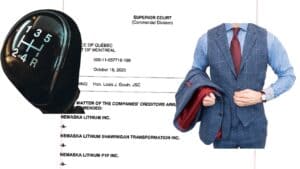Legal proceeding: What are some things I can do if someone owes me money and refuses to pay?
In Canada, there are several options in what you can do when someone owes you money and you do not hold any security against any of their property. First, a person or company should obviously make one or more demands on the party that owes them the money before starting any legal proceeding.
If that proves to be unsuccessful, your next steps will probably be governed by how that creditor reacted to your demand. Did they just ignore you or did they put up either a false or somewhat valid dispute to your claim?
One possible next step is that you can retain a lawyer to make a demand to collect the money owed. If those initial efforts to collect payment prove unsuccessful, your lawyer can begin a legal proceeding against the person or company you believe owes you the money. If your legal action is successful in proving your case in court, you will receive a judgment against the party. One option is you can then take this judgment to a debt collector to try to collect on it.
In this Brandon’s Blog, I first explore several issues surrounding being a judgment debtor, having a judgment debt to collect and what happens if the judgment creditor files for bankruptcy? As the title of this Brandon’s Blog suggests, there are 2 kinds of judgment liens and in bankruptcy, the results are very different.
So I first look at what it means to get a judgment and what happens to a judgment creditor and the judgment debt if the debtor files for bankruptcy. To do this, I look at a recent decision from the Court of Queen’s Bench of Alberta which looks at the 2 kinds of judgments in detail.
Legal proceeding: Retrieving payment from a debtor
If you are owed money by someone, your lawyer will want as much information as possible before starting any legal action. The first step is to collect as many details and supporting documents as you can about the debt. Make sure you have a comprehensive overview of the debt, including the amount owed, the name of the debtor, and any relevant deadlines or timelines.
Next, collect the name, address, and phone number of the individual or company who owes the debt – the debtor. Finally, make sure that your proposed legal proceeding is going to be handled for the person or company who is actually owed the debt – the creditor. You need to be precise in who the legal proceeding is against and who it is for.
Finally, make sure that your proposed legal proceeding is going to be handled for the person or company who is actually owed the debt – the debtor. You need to be precise in who the legal proceeding is against and who it is for.
Your lawyer will take the first step of issuing a demand letter to the debtor who owes you money. The letter will most likely threaten that your lawyer will begin a legal proceeding by filing a lawsuit on your behalf if the debt is unpaid after a specific number of days or weeks. If you win, you now have the amount owing as a proven judgment debt.

Legal proceeding: In Ontario, after how long does debt become uncollectible?
The law in Ontario prevents anyone from beginning a legal proceeding against you for debts that you owe that are over 2 years old. This law is called the Limitations Act, and it applies to any debts that you owe, even if the creditor stops trying to collect the debt.
The Ontario Limitations Act establishes a maximum timeframe within which court proceedings relating to a “claim” may be initiated. In general, someone has 2 years from the time they either knew or ought to have known, that they had suffered a loss or damages as a result of an action or omission on your part.
In general, debt is uncollectible and you cannot be sued on it after 2 years have passed from the time the debt went into default resulting in the party’s claim against you. This result has even been extended to Canadian insolvency proceedings where a creditor files a proof of claim. If there is no judgment, and the claim is over 2 years old, that debt may very well be statute-barred in Ontario and the licensed insolvency trustee would have to disallow that claim.
Legal proceeding: Collecting money that is owed to you after winning a court case in Ontario
A judgment is the result of a successful legal proceeding against one or more parties in order to prove the existence of a debt. Getting a judgment made by a provincial court is just the first step. Now the money must be collected. A judgment claim can then be registered against a debtor’s personal property or real property to become a judgment lien. A successful plaintiff in their legal proceeding, now a judgment creditor, would do this to secure payment of the debt. A lien is a method of ensuring payment of money owed by registering against a debtor’s property as security.
The lien arising from a legal proceeding judgment can be properly registered to attach as a security interest in either personal property or real property. Examples against personal property would be:
- to garnishee wages;
- obtaining funds from a bank account or non-exempt investments; or
- amounts to be paid in the future, such as the accounts receivable of a business from various customers.
When it comes to real property, if the judgment debtor is a property owner, a registered judgment lien attaches to the real estate just like a mortgage if properly registered to secure amounts payable.
In Ontario, if you wanted to register a judgment lien against a judgment debtor’s personal property, you would do so under the Ontario Personal Property Security Registration System.

Legal proceeding: What could happen if you were to lose a lawsuit and be unable to pay?
What are the judgement proof laws in Ontario?
Being judgment proof means that creditors cannot take your assets if you cannot pay what you owe. The first way this could be is because the only assets you have are the type that is exempt from seizure under provincial law. The Ontario Execution Act stipulates which assets are exempt from seizure.
The second way you may be judgment proof is that your non-exempt assets are fully encumbered by secured loans, such as mortgages and lines of credit, and that there is no value in your property for anyone else, including the judgment debtor. So if you’re judgement proof, your assets are safe from seizure.
If you’re judgment-proof in Ontario, then you don’t have to worry about having your assets seized. However, you will have to learn to live without a bank account, as cash in the bank is not an exempt asset. You also need to be the type of person who doesn’t worry.
You can’t be the type of person who worries about unsatisfied judgments against them or their credit rating taking a hit because of that. You have to plan never to own any non-exempt property in your name because that can be seized.
The non-judgment proof debtor can take action as soon as judgment is given
What if the judgment debtor is not judgment proof but the judgment renders them insolvent? In that case, the assets owned by the judgment debtor are insufficient to pay off the judgment and all of the other debts of the judgment debtor in full. Therefore that judgment debtor may very well need to look at an insolvency proceeding to deal with their debts. Depending on their debt load, they may have to consider either a consumer proposal or a full restructuring proposal or even bankruptcy. Each of these insolvency proceedings is conducted under the Bankruptcy and Insolvency Act (Canada) (BIA).
This is the introduction to the court decision I will now discuss from MNP Ltd v Canada Revenue Agency, 2022 ABQB 320.
Legal proceeding: What does it mean to have a judgement against you in Canada when you file for bankruptcy?
At the beginning of Brandon’s Blog, I said that there are two types of judgment liens with very different outcomes in bankruptcy. The Alberta court decision released on May 3, 2020, supports this view. The Reasons for Judgment of the Honourable Mr. Justice M. J. Lema are quite clear and well-reasoned.
The issue that the court had to decide on was “What does a writ of enforcement’s “binding interest”, acquired on registration against a debtor’s land, mean after the debtor’s bankruptcy?”. The fact that the Canada Revenue Agency (CRA) and Royal Bank of Canada (RBC) are respondents, hopefully, gives you a clue as to the 2 kinds of registered judgment liens against a judgment debtor.
The licensed insolvency trustee argued that the pre-bankruptcy priority arising from that interest continues after bankruptcy, that the Trustee acquires that priority position on the debtor’s bankruptcy, and that, on behalf of registered writ-holders (and, in fact, all unsecured creditors). The Trustee further argued that it can assert the binding interest and resulting priority position against a down-title secured creditor (here, CRA) and a secured-against-personal-property-only secured creditor (here, RBC).
Unfortunately, the Trustee’s position as Trustee in the bankruptcy of the judgment debtor was incorrect, according to the Honourable Mr. Justice M.J. Lema. From here on, I will refer to the judgment debtor as the bankrupt.
The key facts are that, before bankruptcy, various registered judgment liens/writs of enforcement were done against various of the bankrupt’s lands. Those writs included writs in favour of the CRA for unpaid taxes and associated amounts. The CRA writs were registered after most or all of the other writs.
The bankrupt was also indebted to the RBC, which held a general security agreement giving it a security interest in all of the debtor’s present and after-acquired personal property. After bankruptcy, via both foreclosures and trustee-initiated sales, various proceeds were harvested from the debtor’s lands.

Legal proceeding: #1 – How a CRA judgment lien becomes their competitive advantage in bankruptcy
How does CRA get a judgment against a tax debtor? CRA can take its assessment of the taxpayer to Federal Court without notice to the taxpayer or anyone else. Before this happens, CRA has already sent the taxpayer the notice of assessment and if it was not appealed, tried to collect the money. If the taxpayer fails to pay, then CRA’s lawyer through the Department of Justice can go to Federal Court to get the judgment. The judgment that CRA obtains is called a “memorial”.
Read together, s. 223 of the Income Tax Act (ITA) and s. 87 of the BIA clearly provide that:
- if the Crown registers a memorial against a property in the land titles office
under ss. 223(5) and (6), it is an ordinary judgment creditor by statute; however, - subsection 223(11.1) deems the memorial to be a secured claim in bankruptcy, provided that the requirements of s. 87(1) are met.
There is no ambiguity.
The Trustee acknowledged that, on bankruptcy and per the combined effect of ss. 223(11.1) of the ITA and ss. 86 and 87 BIA, CRA is deemed to be a secured creditor in the bankruptcy. However, the Trustee argued that CRA’s secured position is subordinate to any writs that were registered before the memorial was registered. The court shot down that argument so there is no need to go through the Trustee’s rationale for making it.
By virtue of the ITA, CRA not only has a secured claim but gets to leapfrog everyone else – for sure judgment lien creditors but also prior registered secured creditors registered in the land titles office against the bankrupt property owner. This assumes that the registration is done in the proper land titles office.
The CRA memorial registered against any parcels of land is the first kind of judgment lien. As you can see, Parliament intended that CRA gets a priority secured position ahead of everyone else upon the bankruptcy of the taxpayer landowner. Ahead of not just anyone with a judgment or construction lien, but also any prior registered secured creditors, normally mortgagees.
This takes care of the 1st type of a registered judgment lien in bankruptcy. CRA’s judgment lien moves into a #1 deemed secured lien position if the judgment debtor goes bankrupt.
Legal proceeding: #2 – What happens if a judgement lien is not paid and the judgment debtor goes bankrupt
The court’s analysis proves that the 2nd type of judgment lien, being that of an ordinary judgment creditor does not retain any special status. The judgment creditor is an unsecured creditor and the fact that they registered a judgment lien before the judgment debtor filed for bankruptcy means nothing.
The possibility of a judgment lien-enforcement sale of land or building by the judgment creditor in question or other judgment creditors is effectively eliminated once the debtor is bankrupt. The same is true for a sale of land or building or other disposition of the debtor’s assets by the debtor him-, her-, or itself, regardless of the purchase price. The Trustee is installed to realize the debtor’s non-exempt assets and make sure the creditors are paid, in priority according to the provisions of the BIA.
What is the significance of a judgment lien’s binding interest after the debtor becomes bankrupt? The answer is none.
If there is no bankruptcy, a judgment lien’s binding interest has been interpreted to mean that it:
- anchors the judgment creditor’s right to seek a sale of the property;
- protects that creditor’s position against sales or other dispositions (e.g. mortgaging or charging) of the property by the judgment debtor; and
- provides that the creditor will get actual notice and can share in the proceeds of any legal disposition of the property, such as a writ-based sale by another enforcement creditor, a foreclosure, or a sale by the owner.
A registered judgment lien holder’s binding interest does not make it a “secured creditor” under the BIA. This means that the holder’s interest is not equal to or equivalent to a mortgage or other security against the property for a debt that is due or accruing due. So with the bankruptcy of the judgment debtor, all registered judgment lienholders are merely ordinary unsecured creditors. They have no special rights and can only expect to receive a distribution from the bankruptcy estate once any deemed trust, secured and preferred claims are paid in full, subject to the levy of the Office of the Superintendent of Bankruptcy.
The Trustee tried to argue that the judgment creditors who registered against the real properties of the bankrupt company somehow retained their priority position against each other based on their respective dates of registration. The court decided that this could never be the case. Rather, the BIA prescribes how their ordinary unsecured claims are treated.
The Honourable Mr. Justice M.J. Lema confirmed in his decision that this 2nd kind of judgment lien has no priority of any kind once the judgment debtor is bankrupt. Whether the bankrupt is a man, woman or corporation, the answer is still the same.

Legal proceeding: After judgement and bankruptcy
The judgment debtor’s bankruptcy changed the priorities landscape. The binding interests stemming from judgment lien registration against one or more parcels of land were undercut. Judgment lien creditors other than CRA were relegated to waiting and watching the Trustee gather and sell the assets, regardless of what period of time it takes.
Under that scheme, secured creditors are given priority over unsecured creditors, regardless of their position before bankruptcy. In this case, both CRA (via its deemed security interest against real property) and RBC (via its GSA against personal property) are secured creditors. According to the BIA, they must be paid in full before the unsecured creditors (both preferred and ordinary) are entitled to receive any money.
I hope this Brandon’s Blog on a successful legal proceeding leading to a judgment was helpful to you in understanding more about the 2 kinds of judgments and how they are treated very differently in bankruptcy. It does not matter if it is a personal bankruptcy or corporate bankruptcy.
If you or your company has too much debt, we understand how you feel. You’re stressed out and anxious because you can’t fix your or your company’s financial situation on your own. But don’t worry. As a government-licensed insolvency professional firm, we can help you get your personal or corporate finances back on track.
If you’re struggling with money problems, call the Ira Smith Team today. We’ll work with you to develop a personalized plan to get you back on track and stress-free, all while avoiding the bankruptcy process if at all possible.
Call us today and get back on the path to a healthy stress-free life.
